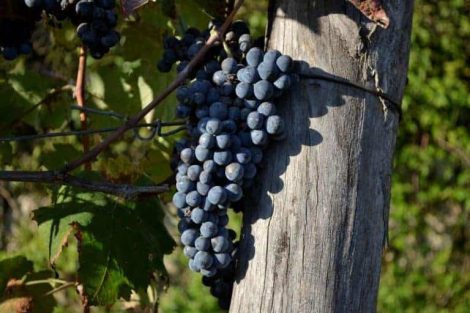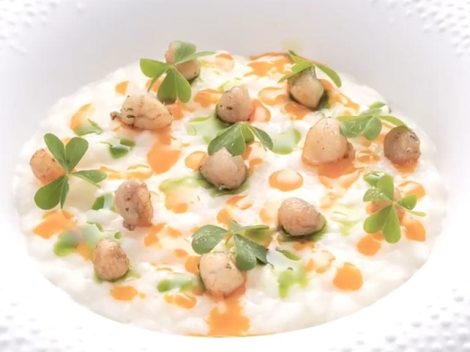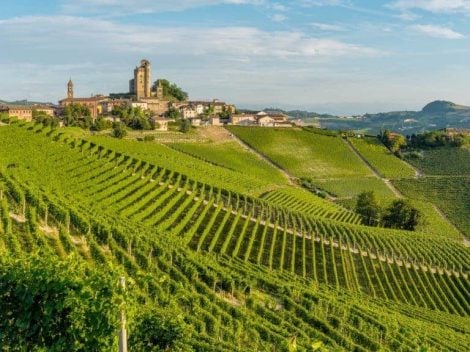The state of Piedmontese wine can be compared to a flat stage of the Tour de France, with the wind stretching out the peloton, leaving those at the back hundreds of metres from the leaders despite not having fallen behind. This is the wine landscape in Piedmont, where success is not only about merit but also the fortune of being born and owning a winery in certain parts of the region.
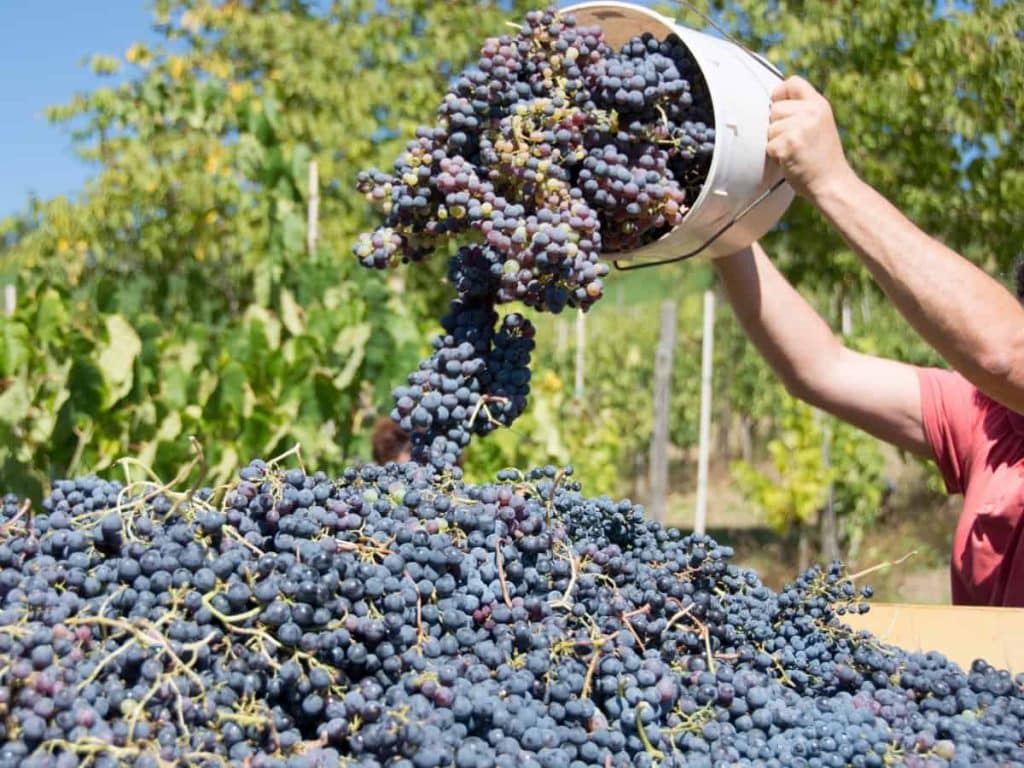
Tre Bicchieri 2025 of Piedmont: Barolo and Barbaresco
Producers of Barolo and Barbaresco —indeed, all winemakers of Nebbiolo wines—are enjoying a favourable wind. However, there’s a distinction to be made: if you have a long-standing history or a strong marketing agency capable of creating buzz on social media, you can sell Barolo from one year to the next, often through allocation and at very high prices. If not, you can still sell Barolo, but you'll have to accept the market prices. Among red wines, Grignolino seems to be gaining popularity, especially among younger enthusiasts.
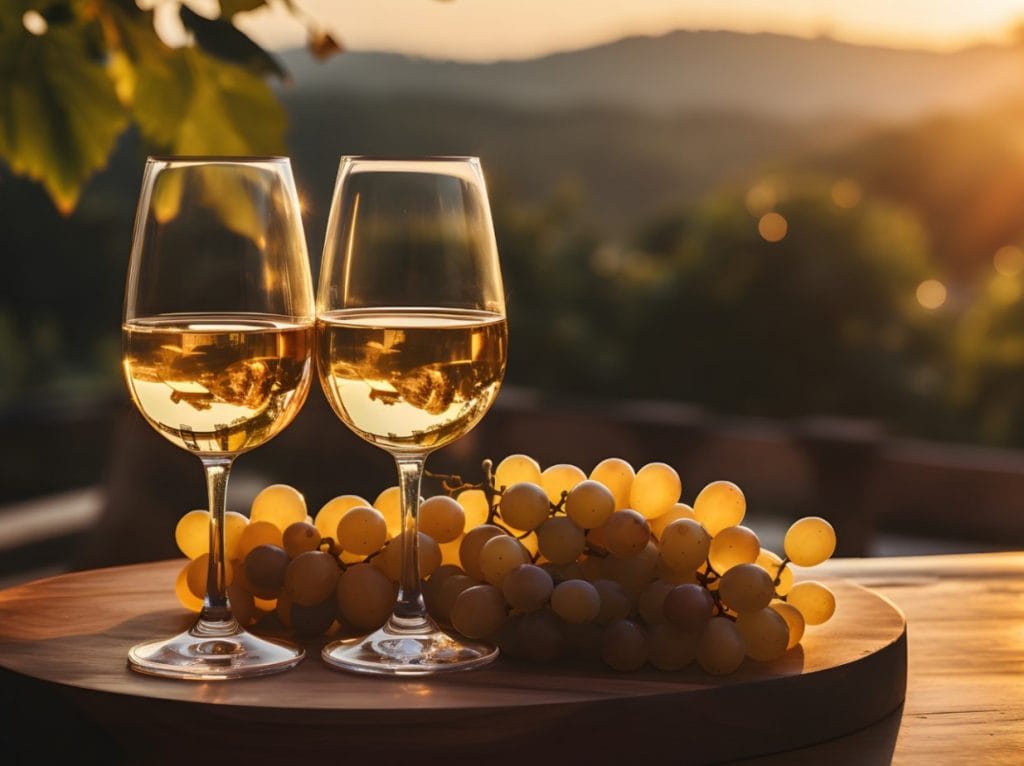
Tre Bicchieri 2025 of Piedmont: the white wines
Currently, however, wine consumption appears to have shifted towards whites, and it is Timorasso that’s enjoying its golden moment, despite a rapid and somewhat chaotic growth. The local consortium is keeping a close eye to ensure its prestige and grape prices remain intact. Arneis is also in a positive phase, with slower but steady growth, likely to unfold over a longer period, as it involves more wineries.
In the Roero area, a general development is underway, aiming to include a large number of players. In a quieter, less publicised manner, Gavi is also showing positive signs. Lastly, Alta Langa deserves praise, having quickly emerged from relative obscurity to experience rapid growth in both fame and sales.
Tre Bicchieri 2025 of Piedmont: awarded wines
This year, 75 wines have been awarded Tre Bicchieri, representing all the region’s terroirs.

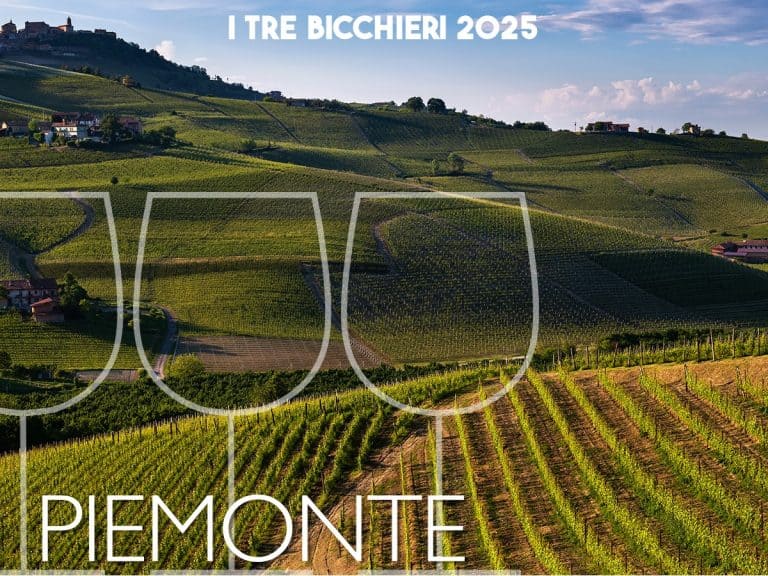
 Sparkling wines surpass still wines in Italian out-of-home consumption. Most popular during the aperitif
Sparkling wines surpass still wines in Italian out-of-home consumption. Most popular during the aperitif American Barbecue wins a Michelin star for the first time in history
American Barbecue wins a Michelin star for the first time in history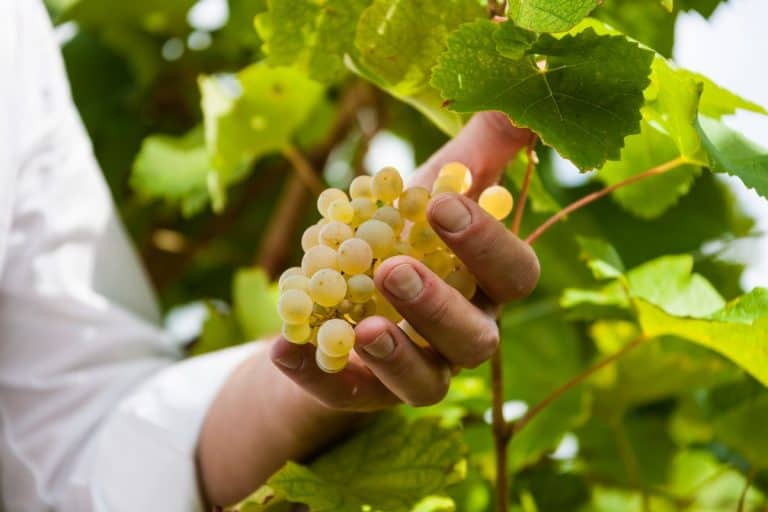 Prosecco Superiore: the 8 best selected by Gambero Rosso
Prosecco Superiore: the 8 best selected by Gambero Rosso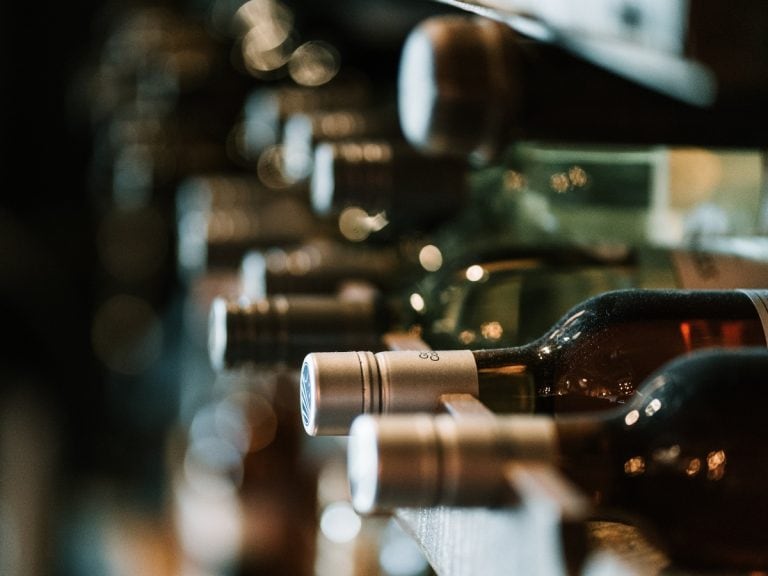 Italian wineries face rising debts and falling revenues as wine industry grapples with economic uncertainty
Italian wineries face rising debts and falling revenues as wine industry grapples with economic uncertainty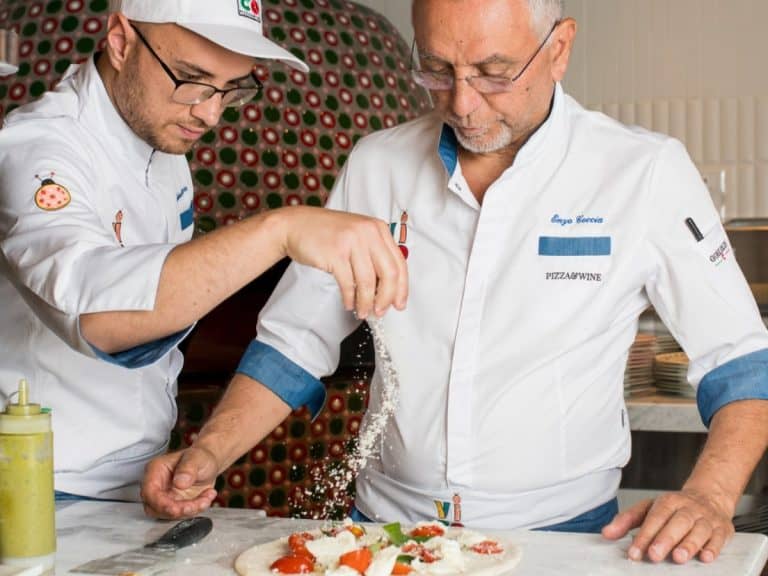 Enzo Coccia leaves Rome for an ambitious project in the United States: "but La Notizia stays"
Enzo Coccia leaves Rome for an ambitious project in the United States: "but La Notizia stays"


